Of all the “self-qualities” in one’s life portfolio, self-worth is the one that ought be the unconditional foundation to all the others. Do you believe you’re a good person, deserving of respect? Do you tether yourself to life by inherent worth that worldly whims and expectations can’t strangle or sever? “Of course,” you may say. “If I don’t believe I’m worthy, who will?” But bringing up the topic of body image, and self-worth often shows up as the bottom line of a long list of conditions.
Body image and self-worth, at least on the surface, seem like disparate topics – external vs. internal, superficial vs. inherent, fluctuating vs. steadfast. And yet, the two intertwine in impactful ways.
Why do so many people strongly link their body image and self-worth?
The reasons, as we will unravel here, are plentiful and complex. Sociocultural norms, social media messaging and images, and personal experiences (especially trauma) are three of the main reasons.
The appearance/body image ideal portrayed (just about) everywhere perpetuates a distorted, unrealistic standard.
Despite how unrealistic the sociocultural image is, we understandably feel pressured to meet it.
Of course, if people were able to meet the ideal, the ideal du jour would have to change. To live up to its definition, the ideal must be very difficult to attain, reachable only by a select few.
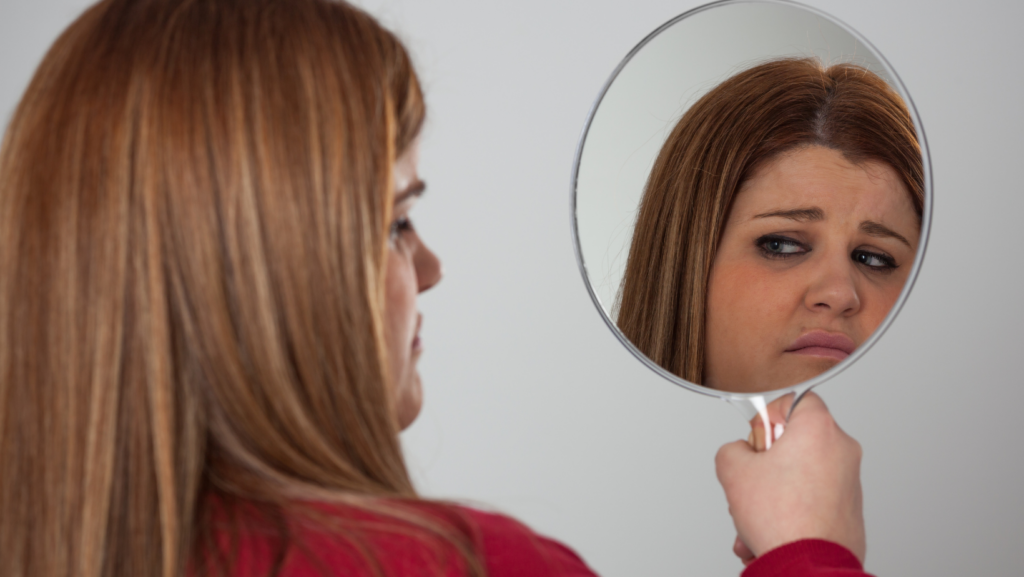
Here is a closer look at 3 of the main reasons so many people link their self-worth to their body image:
1. Societal expectations and cultural norms link body image and self-worth
Try as you may to brand yourself as independent, self-defined, and a rebel, you still breathe the fumes of societal expectations and cultural norms. Even the determination to “be different” is a comparative nod to beauty standards promoted by media, advertising, and each other.
The standards often depict a specific look as the ideal, which leads to pressure to conform to cultural norms.
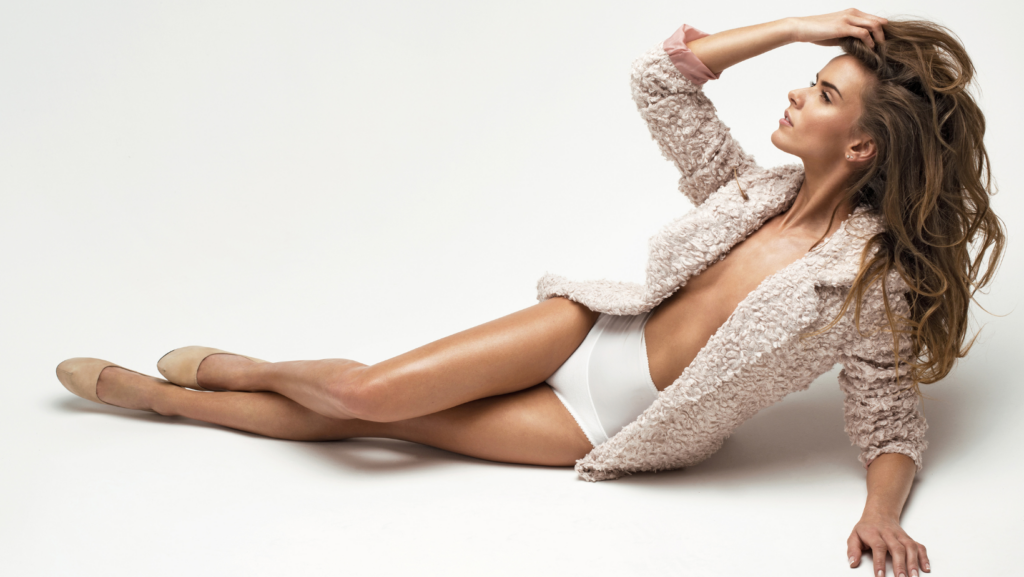
Many cultures, including the United States, see thinness as the end-all-be-all of beauty. It’s a sign of success: thinness = attractiveness = success.
Lest you think this craziness is a byproduct of the last century and fashion trends you can recall from media and your grandma’s attic, read on.
In The Body Issue, Nealie Tan Ngo explores cultural and social factors that influence women’s body image. She captures the historical and contextual impact of male-dominated societal expectations for the female body in one sentence:
“An idealized physical body becomes a social body.”
Line up a chronology of paper dolls through the centuries, and you would have a telling history of what mattered to whom.
You would also have a glimpse into sources of power, who had it, and how they wielded it.
And yes, the female body has been (and still is) its own form of conditional, societally dictated power.
Today in the US, the expectation is that people strive to be lean. Weight management for health and life expectancy are secondary considerations for those who fall under the spell of beauty standards. Get skinny to look better, and be healthier as a bonus.
The tragedy in this thinking is that attempts to measure up (or down) more often than not lead to feelings of inadequacy and low self-esteem. Most people can’t meet this standard. And those who do can rarely sustain it.
And that’s not their fault. In fact, even the models in published photos don’t look that way in real life.
Not only that, but models strutting the runways and making love to the camera have a misrepresenting median age of only 23. The occasional post-50 representative accounts for only one in 200.
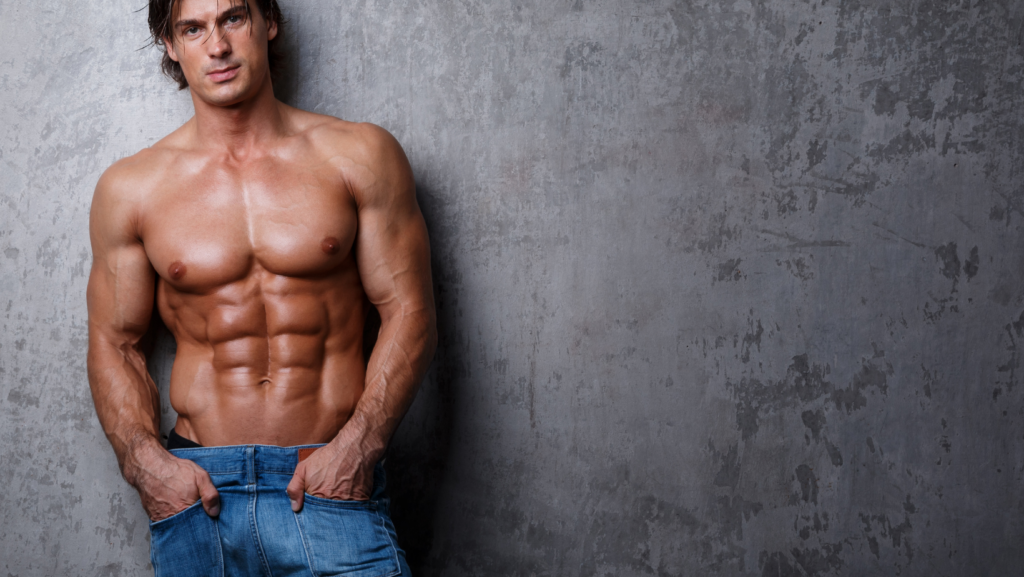
Cultural norms around muscle mass and definition also contribute to the link between body image and self-worth.
In some cultures, a muscular physique is seen as a sign of strength and virility, leading to pressure for people (especially males) to build muscle and conform.
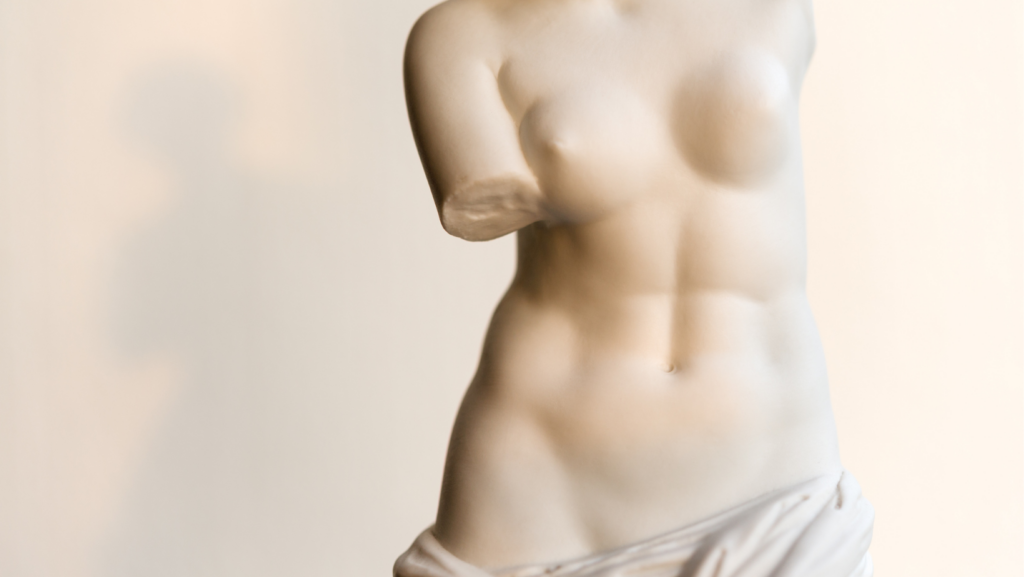
Historically, beauty standards have varied widely across cultures and time periods. Here are a few examples:
Ancient Greece: The ideal beauty was athletic and emphasized symmetry and proportion.
Renaissance: Ideal beauty was embodied by curvy figures like those portrayed in Botticelli’s The Birth of Venus. Time to celebrate the voluptuousness of a woman’s body!
Victorian era: Beauty during this period was impossible to achieve naturally. Desirable plumpness was contrasted with waist-cinching corsets that restricted breathing and deformed ribs. Where’s the sense and sensibility in that?
In the 1950s and 1960s, the hourglass figure was considered the ideal. Women wore shapewear to achieve this look.
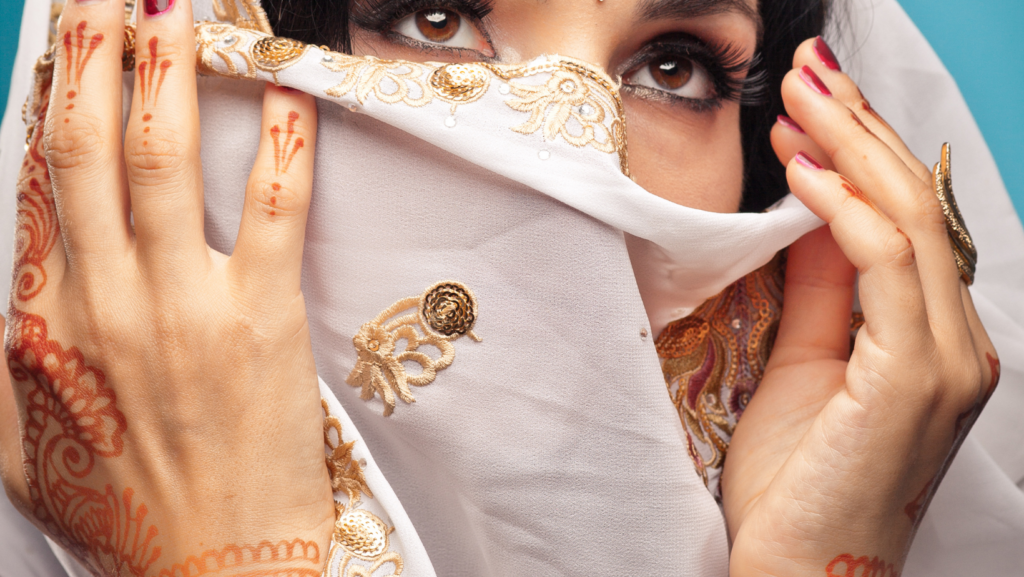
How were body image and self-worth linked during these periods of iconic beauty standards? We can only imagine, I’m sure, as self-worth wasn’t part of the trending vernacular.
But consider that a woman’s role during the Renaissance was to reflect her husband’s status, and we can surmise the inevitable link.
Or consider that a woman’s physical appearance was (and still is) a primary factor in her marital and childbearing desirability. Even her ability to have resources available only in marriage or to find fulfillment as a mother were reduced to her appearance in many cultures.
Outside the United States, beauty standards are culturally diversified:
In East Asian cultures, small features (e.g. petite nose and a small mouth) are deemed beautiful.
In African cultures, a full-figured body is considered attractive. It symbolizes health, fertility, and prosperity.In India, traditional beauty standards value a lighter skin tone and a more voluptuous figure.
Historical and cultural beauty standards, in addition to being unrealistic and unattainable for most of us, aren’t universal or even permanent. Everyone has a unique body type and appearance to embrace and celebrate.
2. Physical appearance/body image is used as a measure of self-worth and success, especially in social media messaging.
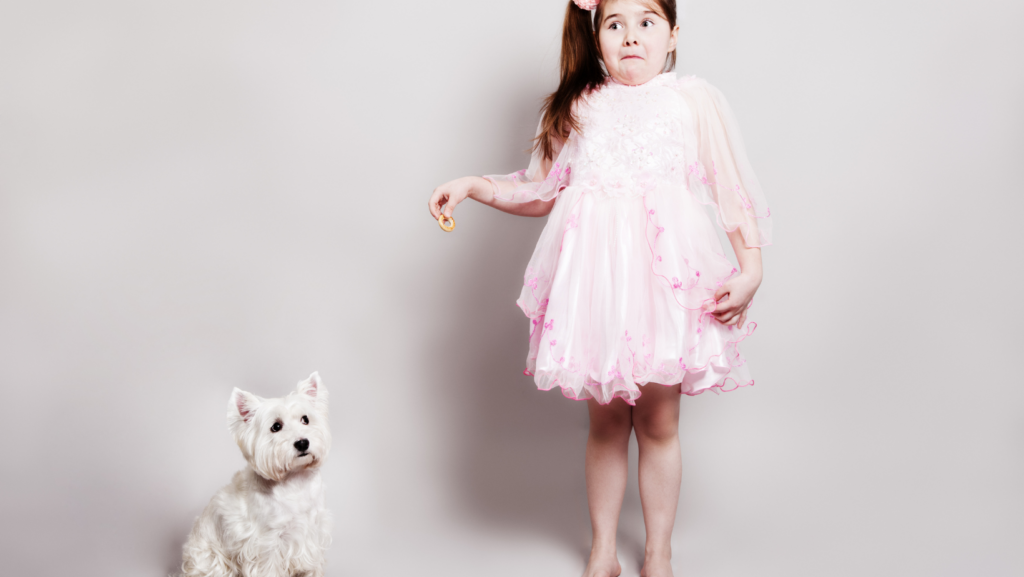
Society places a high value on physical appearance. And people do judge based on looks, leading to a belief that a person’s body size and shape reflect his or her worth.
The link between body image and self-worth has a profound impact on mental and emotional well-being.
It can also have an enduring effect on career trajectory, financial gain, and overall success.
“Keeping up” with celebrities and famous socialites, as well as shows like Botched, prove the point perfectly. No body is ever good enough. The search for perceived perfection never ends.
And that perpetual, addictive body-tampering only serves to reward these plastic surgery veterans with more fame, more wealth, and more power.
Why wouldn’t a starry-eyed teen want that?
Health, moral development, and contribution to society aren’t the passion or worry of the average youth. Appearance, popularity, acceptance, social media followers – now those carry weight (no pun intended).
When people feel their physical appearance is not meeting societal expectations and cultural norms, shame, inadequacy, and worthlessness become the basis for their sense-of-self.
And nowhere is that more evident than in the domain of social media. Over and over, research shows that increased time spent looking at pictures on social media is directly related to a decrease in self-esteem.
And, for the impressionable, neurologically developing youth, self-esteem and self-worth might as well be one and the same.
How can someone living in our culture have solid self-worth if his or her body image isn’t measuring up? (Keep reading! I have some ideas.)
3. Trauma impacts the relationship between body image and self-worth.
Bullying and teasing based on physical appearance can have a lasting impact and lead to negative body image and low self-worth.
It can also lead to the bullied person developing an eating disorder.
And “just teasing” or “being playful” doesn’t change that. The sting – and the stigma – remain.
Personal experiences that diminish body image and self-worth aren’t limited to the school environment.
Parents may mean well, but calling a child “big-boned,” “skin and bones,” or “awkward” can have a deeply penetrating and lasting effect.
When a child can’t find refuge and complete acceptance at home with family, the damage can become a lifetime label and self-limiting expectation.
Pulling it all together.
The link between body image and self-worth is complex and influenced by a variety of factors. What would it take for your self-worth not to be defined by appearance?
How can self-care and self-acceptance help to improve self-worth and body image?
Body image becomes a reflection of self-worth for many, many people. Chances are, it does for you, too.
And that’s nothing to feel guilty about.
Most of us have a constant internal struggle to match external beauty standards. It’s “normative discontent.”
We automatically compare ourselves to unrealistic images in the media and feel inadequate. Negative thoughts and a diminished sense of self-worth emerge.
When we repeatedly hear that self-worth is tied to physical appearance, insecurity and fear of judgment result.
Fear can easily create self-consciousness about appearance and lead to shame and embarrassment. And ongoing attempts to meet beauty standards only perpetuate the feeling of being stuck.
When we believe that self-worth is tied to appearance, we may engage in harmful behaviors in an attempt to change our bodies and meet societal expectations.
The link between self-worth and body image can also lead to harmful behaviors such as disordered eating, excessive exercise, and body dysmorphia.
What can you do to improve body image and self-worth?

Self-compassion: Focus on treating yourself kindly. Banish self-criticism and negative self-talk.
Beauty standards: Be mindful of the media you consume. Challenge unrealistic standards. Curate your social media accounts!
Positive influences: Seek relationships with people who support and celebrate your unique qualities, rather than focusing on your weight or appearance.
Self-care: Choose daily activities to promote physical and mental well-being. (Exercise and healthful eating are inherently good. Just be sure you embrace them as ways to love your body, not punish it.)
Body neutrality or positivity: Celebrate your body for all it’s capable of, and focus on things you like about yourself. Stop dwelling on perceived flaws.
Reframes: Practice positive self-talk and focus on your strengths, rather than on your perceived weaknesses.
Support: Talk to a trusted friend, family member, or therapist about your feelings. Seek support to address negative thoughts and behaviors.

You could always wear silly glasses and a furry sweater and jump up and down to improve body image and self-worth. A little levity can be a normalizing reminder of just how perfect you are right here, right now.
Is there one right way to look?
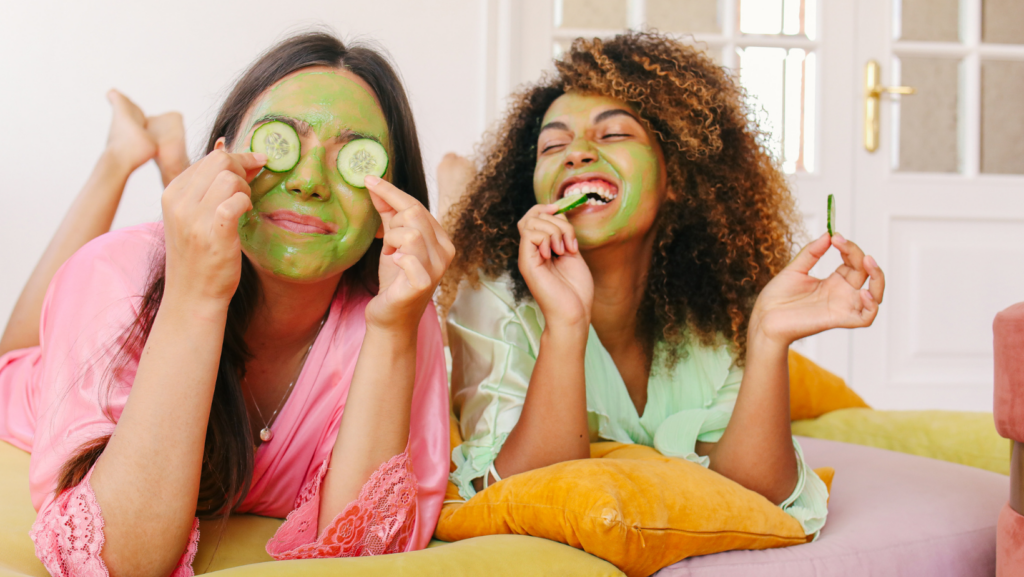
No, there is not one right way to look.
Beauty standards and ideals vary from culture to culture and constantly change over time. Everyone is unique and has individual characteristics and traits that make them deserving of love and respect.
The idea that there is one right way to look is a societal construct, perpetuated by media and advertising. This notion leads to feelings of inadequacy and low self-worth and is harmful to those of us (the majority) who don’t conform to these unrealistic standards.
(I doubt any of the adorable creatures below are comparing their bodies to one another’s or basing their self worth on their body size or shape.)

So challenge unrealistic beauty standards and embrace diversity in all its forms.
Everyone has a unique body type and appearance, and these are qualities to celebrate and appreciate, not criticize or judge.
Be silly and lighten up (not weight-wise), even though cultural messages frown upon such rebelliousness.
Even more reason to do so!
Dr. Elayne Daniels is an international coach, consultant, and psychologist. She’s helped hundreds of people with body image concerns. To learn more about how she can help you, contact her here.
To read more about body image, check out blog articles here.


